No description yet: Can you help?
Zum Guten Hirten
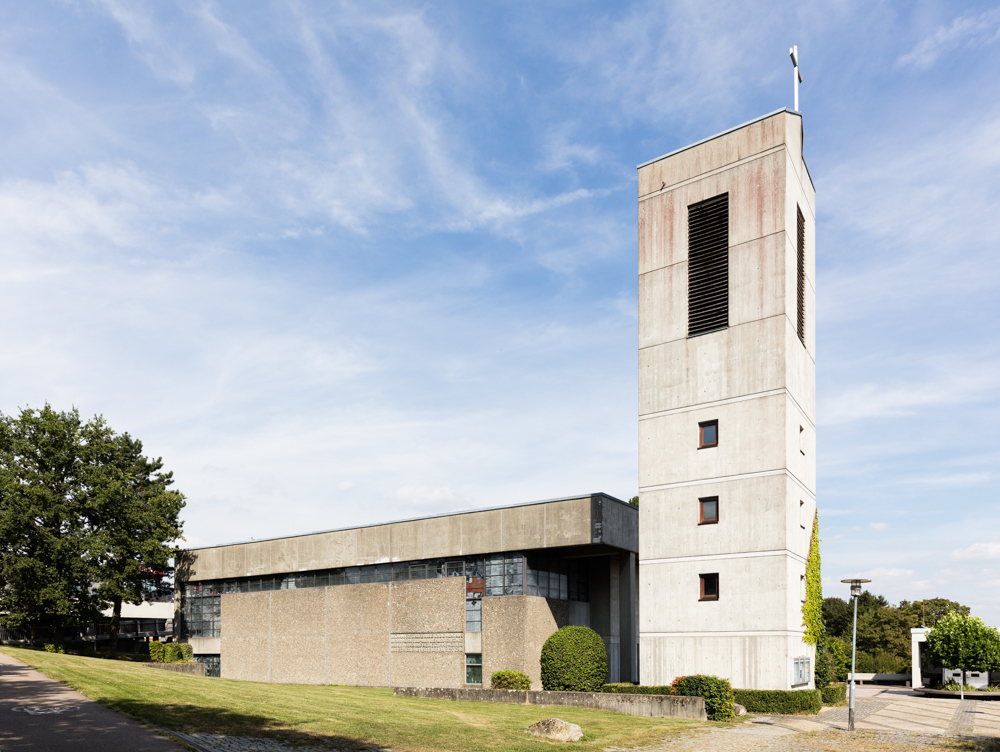

No description yet: Can you help?
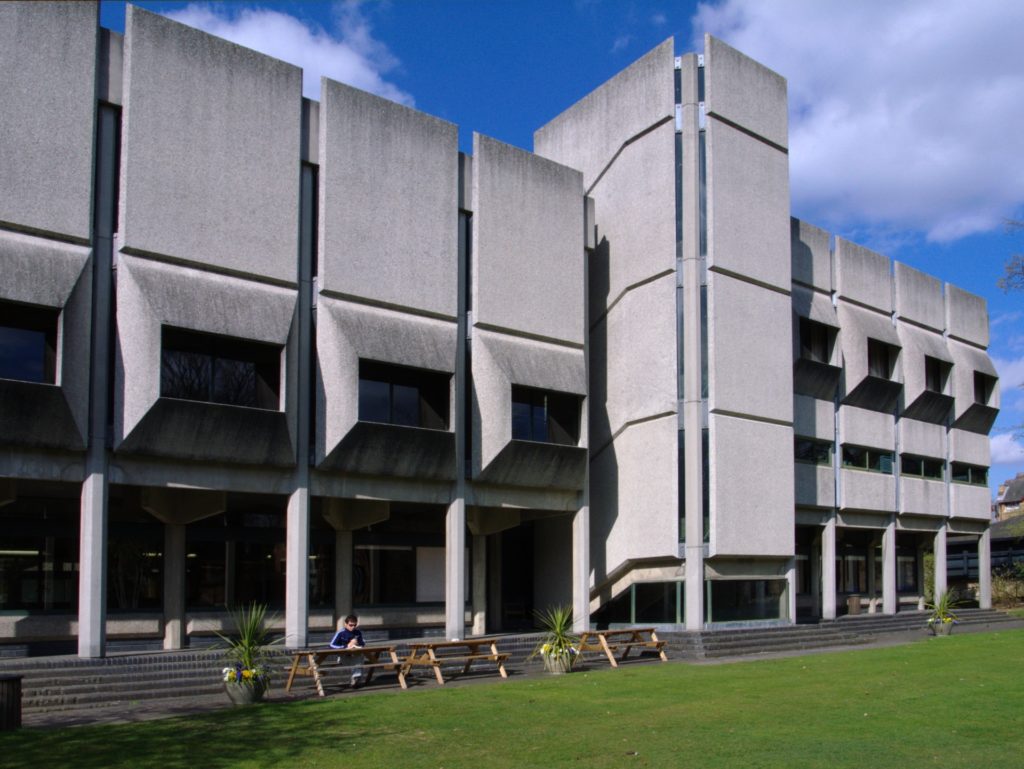
No description yet: Can you help?
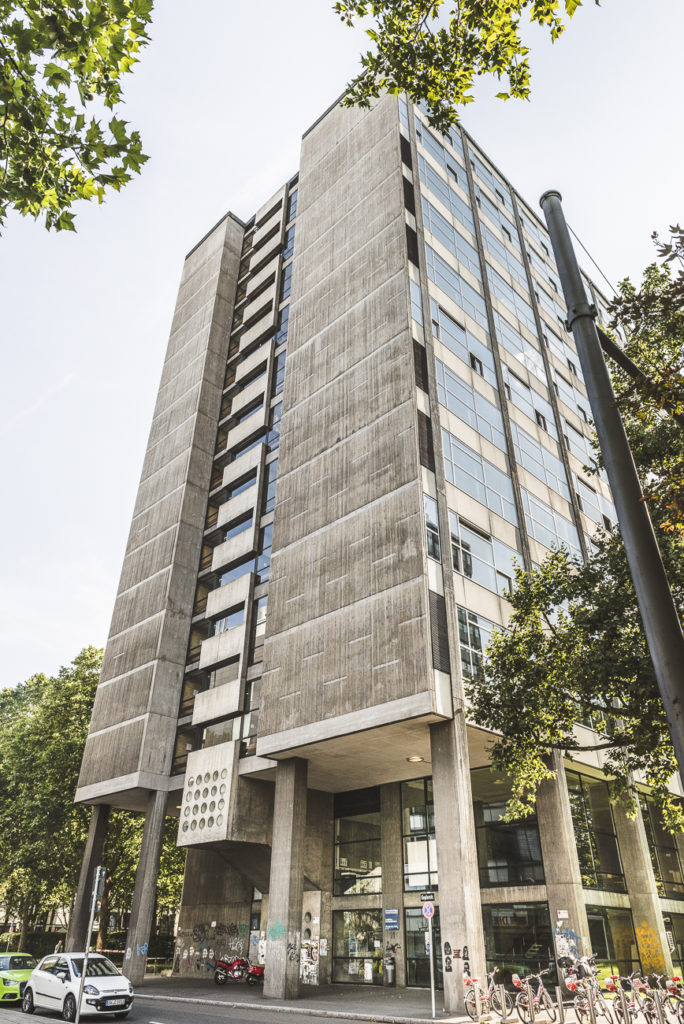
No description yet: Can you help?
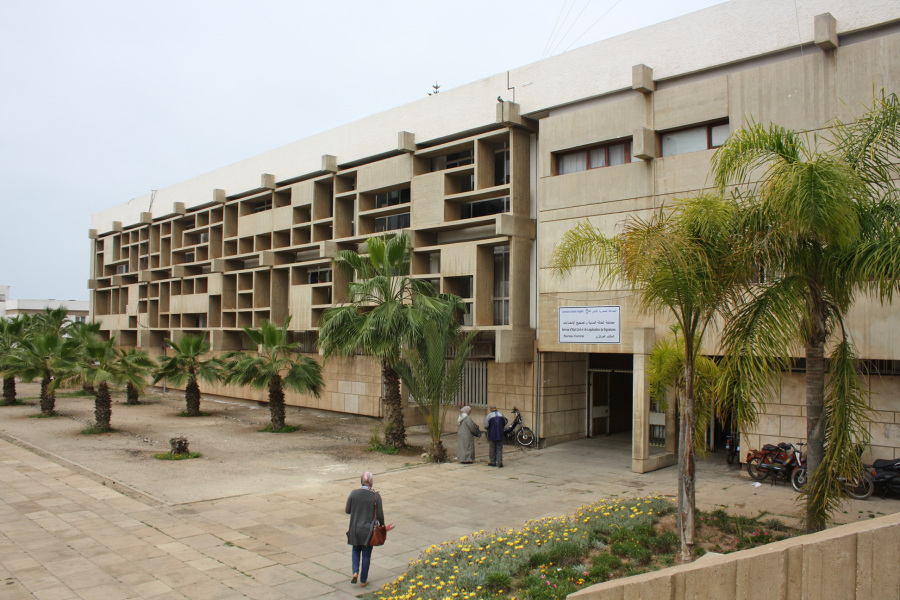
No description yet: Can you help?
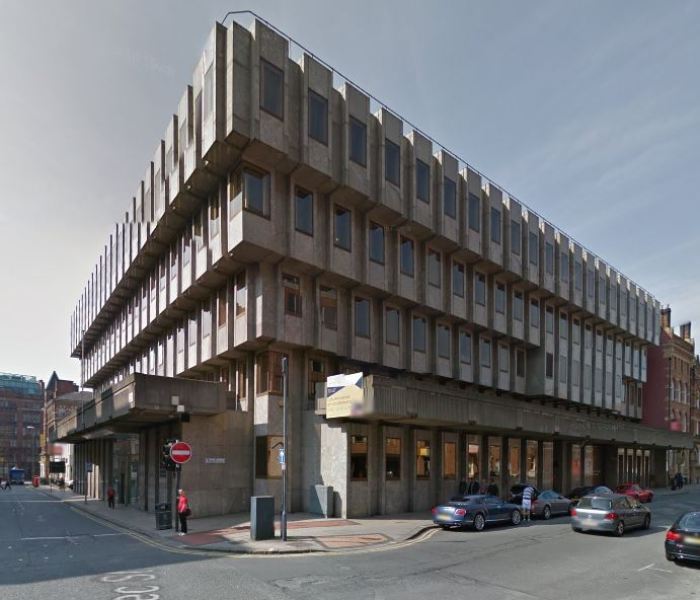
No description yet: Can you help?

Planned as an experimental, non-profit cooperative student accommodation project the enterprise initially failed. However, renting the units traditionally to students/young professionals was successful.
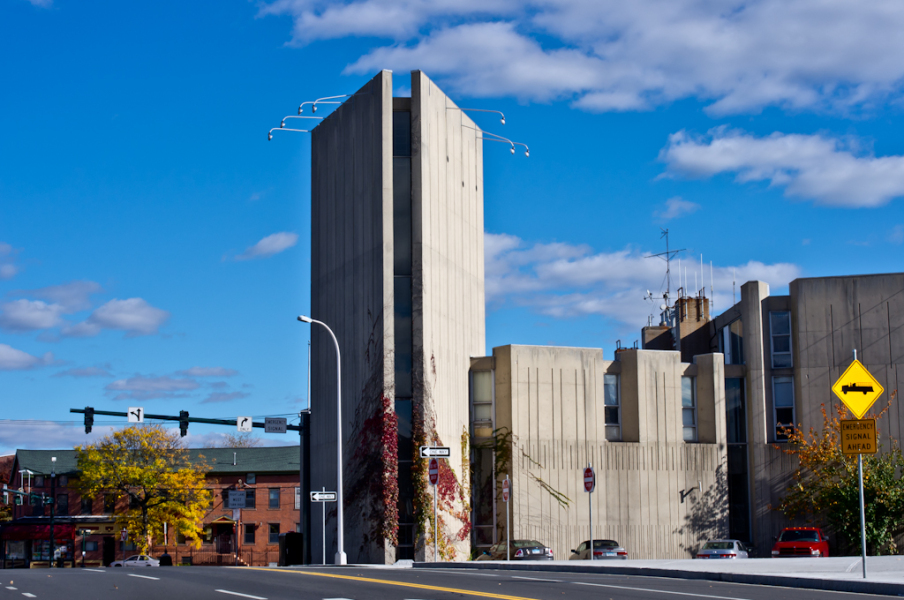
Like the Temple Street Parking Garage, the fire station is also part of the new urban fabric for New Haven. Alongside its immediate purpose it also served thanks to its monumental scale as an architectural landmark for the district.
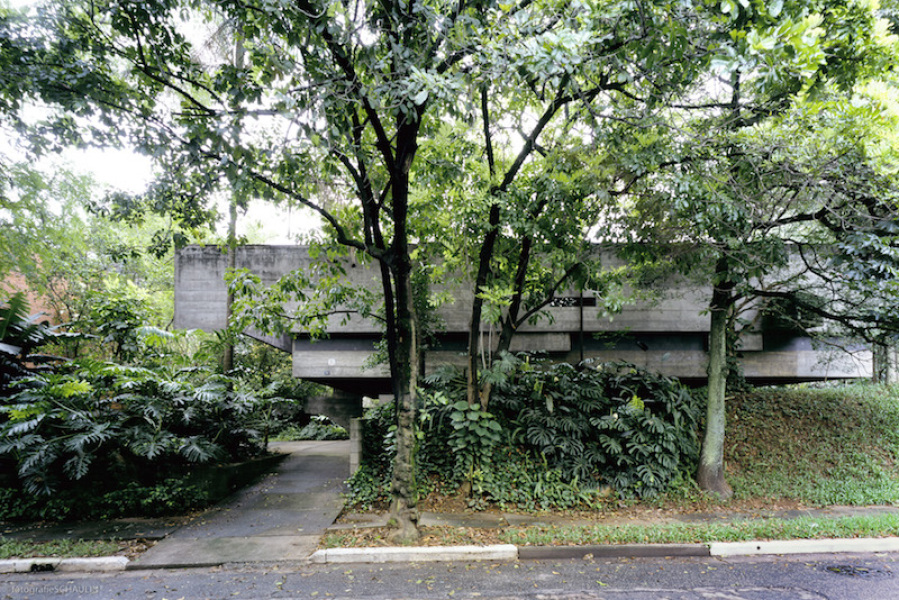
The project consists of two almost identical twin houses built next to each other for Rocha himself and his sister. Communist da Rocha wished to create a design that flew in the face of the villas of the middle classes and therefore opted for a free lay…

The building came about under difficult conditions as the architect was arrested as a Leninist and member of the Communist Party and deported to Uruguay while construction was underway. The object combines a sophisticated load-bearing structure and cons…

Herron and Chalk were founding members of Archigram (1960). Located directly next to Lasduns National Theater begun in 1967 the gallery is part of the Southbank Centre on the southern bank of the Thames. It houses both the collection but also the tempo…
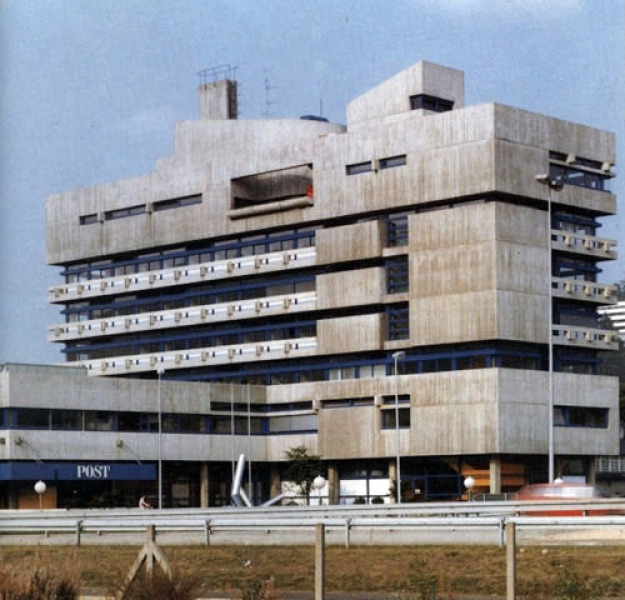
One of several buildings that for a while gave the German Post Offices a kind of architectural corporate identity. Indoors, the rough concrete is combined with Pop elements in brash colors, its harshness thus toned down somewhat. The striking silhouette…
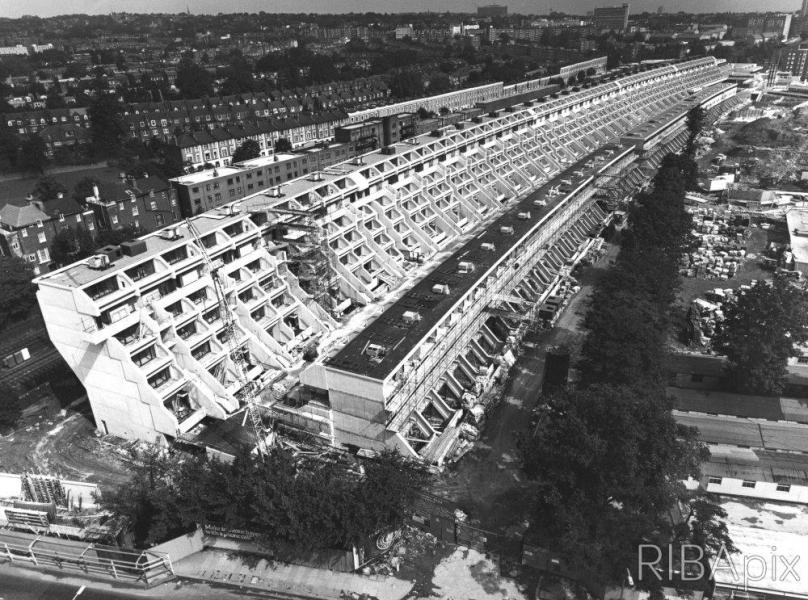
The structure effectively blocks off the noise from the adjoining railroad tracks, with the apartments opening up on the other side to a footpath. The building transforms the traditional British terrace houses and was an alternative to the residential t…
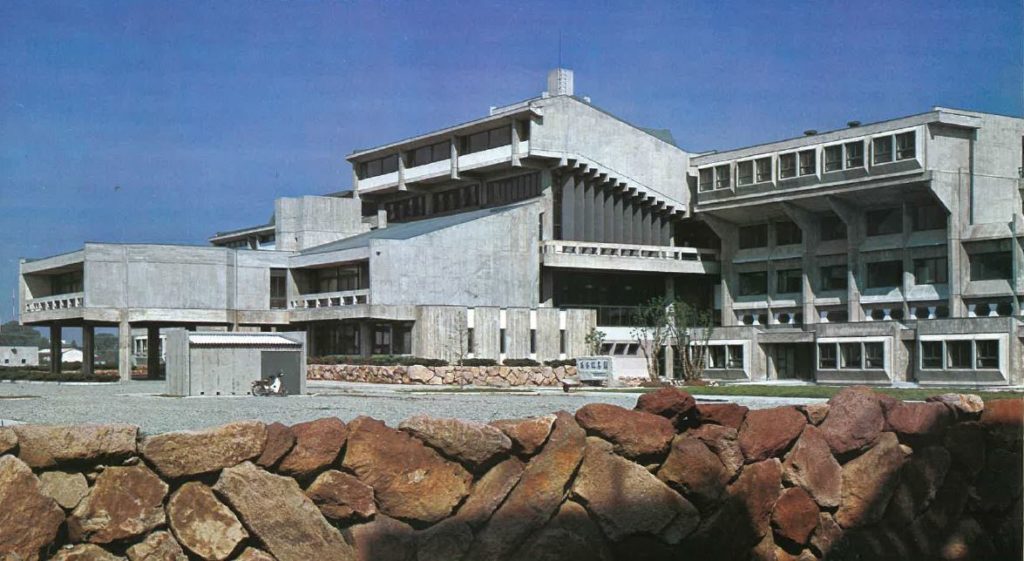
Phase 1: 1967–1969, In phase 2, completed in 1976, Otani introduced repetitive shallow concrete vaults as a major new design element, which would further dominate the designs of phase 3, completed in 1982. A fourth construction phase, led by Otani a…
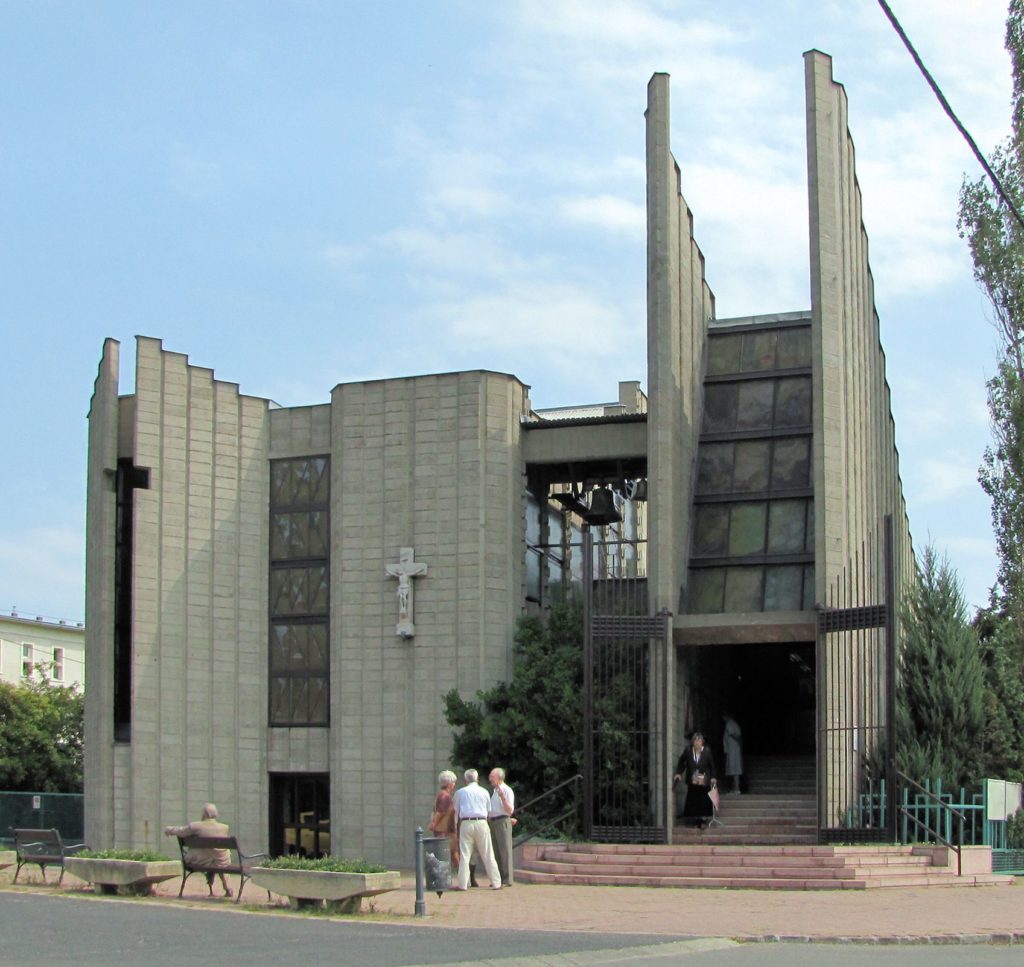
The building was the first church built in Budapest in almost 30 years. It was financed exclusively by donations. Being a member of the local church himself the architect designed the project for free. Due to the budget restraints the construction metho…
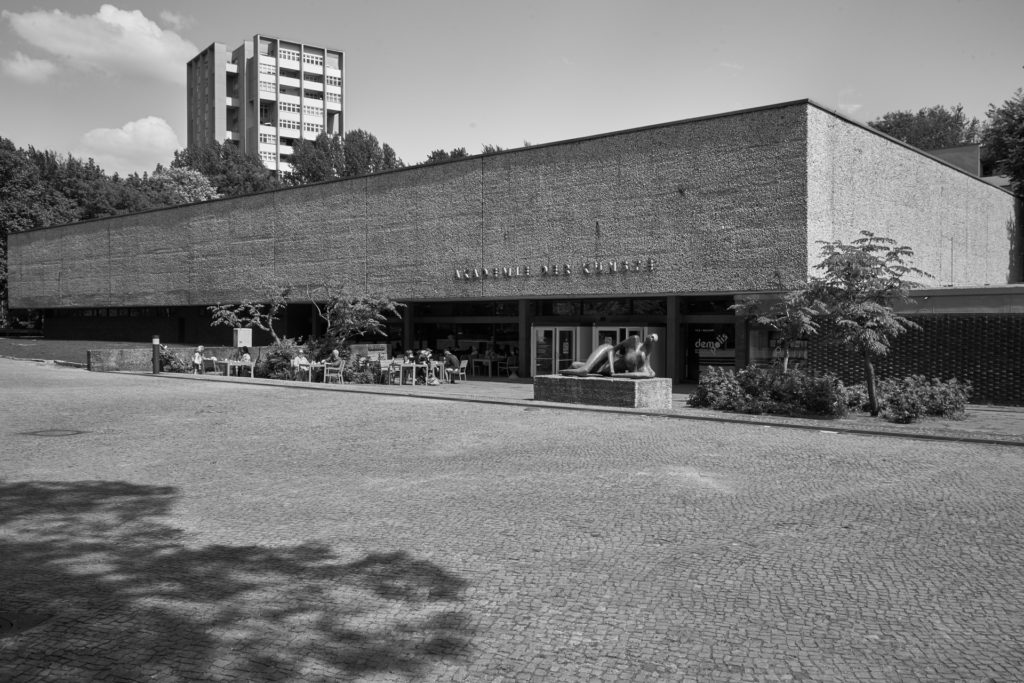
The academy is a German example of the first, early period of Brutalism in the spirit of the Hunstanton School. Rather than exploring extravagant, sculptural shapes, the focus lies on stripped down aesthetics that unapologetically expose the building’…
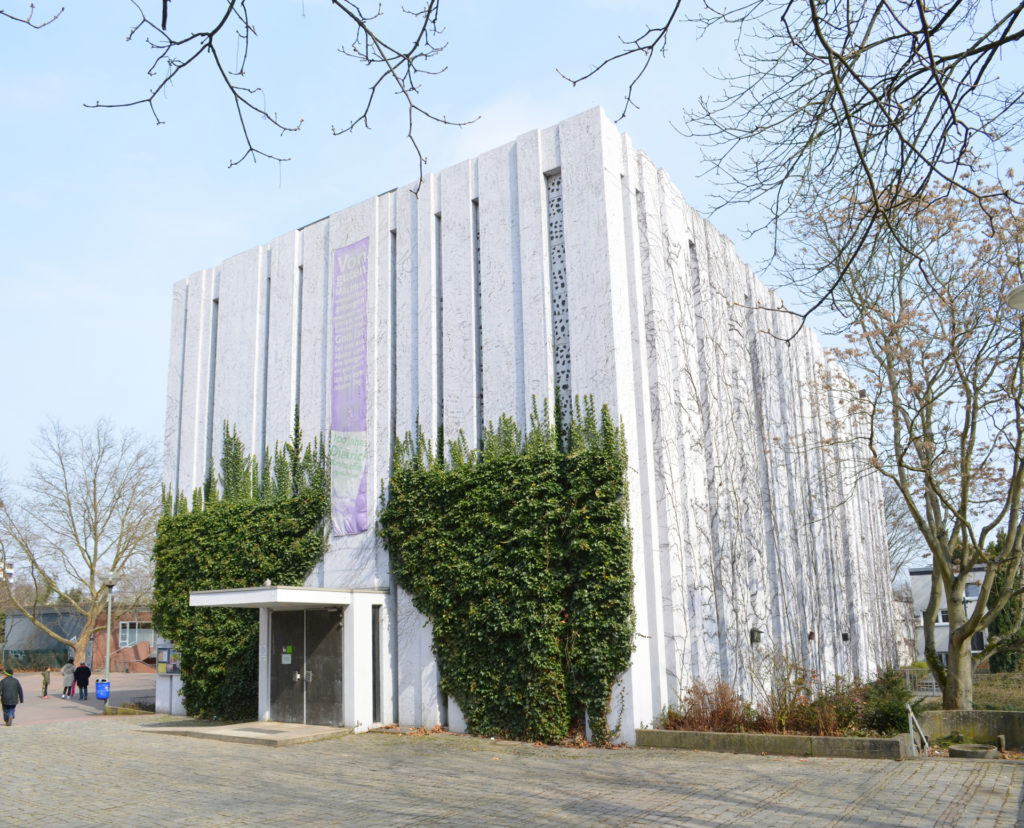
No description yet: Can you help?
No description yet: Can you help?
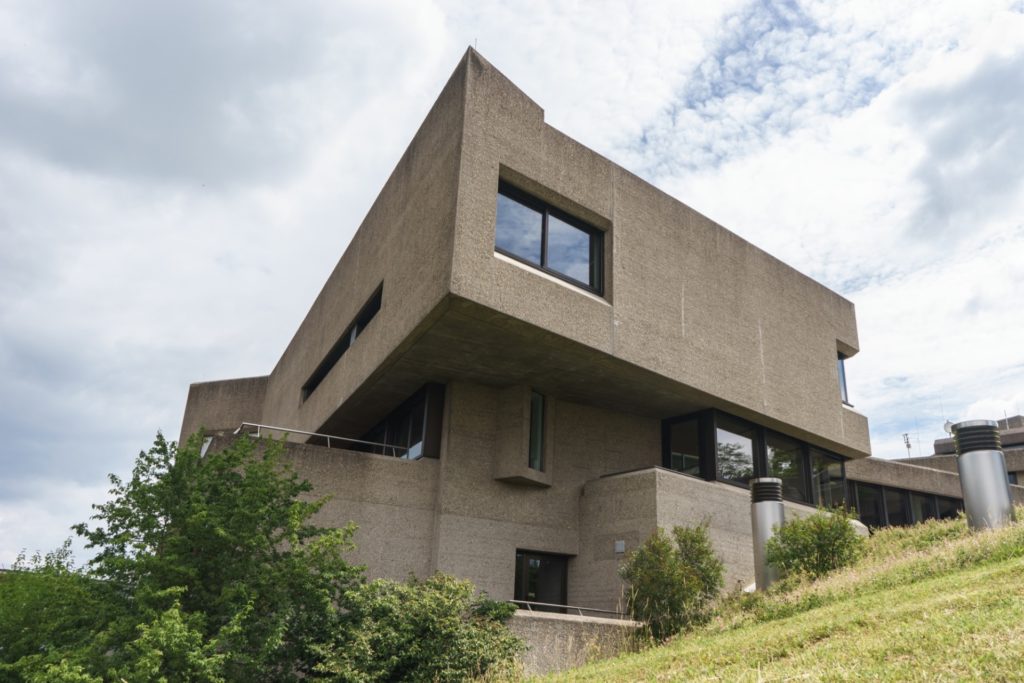
No description yet: Can you help?
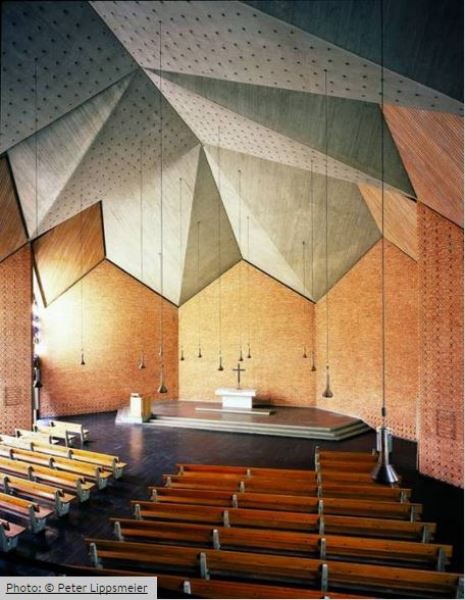
No description yet: Can you help?

No description yet: Can you help?